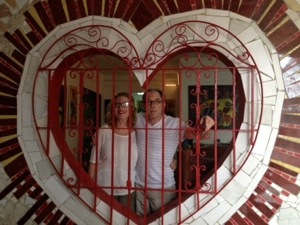In a few years from now, the medical profession will be able to tell what disease you may have, or what disease you may get, just by the smell of your body. Your breath, sweat, and other secretions may help doctors detect diseases, hopefully in the early stages. George Preti, an organic chemist at the Monell Chemical Senses Center, and an interdisciplinary team that includes physicists and veterinarians at the University of Pennsylvania, are exploring why we smell the way we do.
As he explained in a recent New York Times article,
Thousands of waste products are swept out in our breath, blood and urine, or simply released into the air above the skin. Metabolic disorders, like diabetes, interfere with the way the body breaks down nutrients and thus make that exhaust especially stinky. People with phenylketonuria (or PKU) tend to smell musty. A faulty or missing digestive enzyme makes people with trimethylaminuria (or TMAU) smell fishy.
Preti and his team have also been focused on the possibility of cancer detection ever since they learned about a woman who asked her doctors to look at a mole that her Collie-Doberman mix began to sniff at intently. The dog tried to bite it off when she wore shorts. The mole turned out to be an early-stage malignant melanoma, inspiring the researchers to test whether dogs, whose smell machinery is at least 10,000 times as sensitive as ours, can tell healthy samples from cancerous ones.
The sniff tests are a wave of the future. I hope this becomes a reality in our lifetime.















